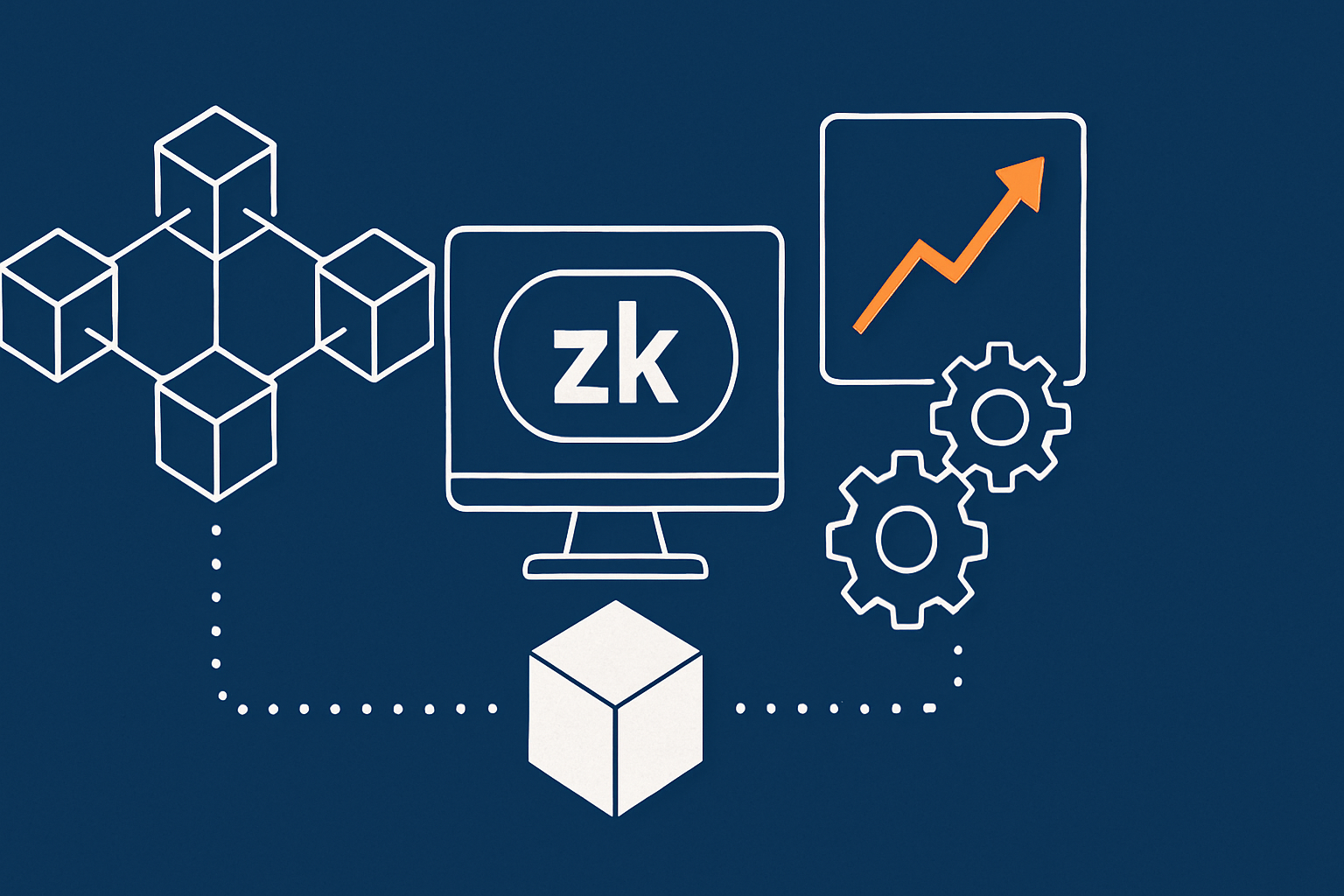In 2017, Initial Coin Offerings (ICOs) took the blockchain world by storm. These unregulated fundraising events enabled startups to raise billions with minimal friction, simply by issuing a new token in exchange for cryptocurrencies like Bitcoin or Ethereum. Fast forward to 2025, and the Web3 ecosystem has dramatically matured. Regulatory bodies have tightened their grip, investor scrutiny has intensified, and newer models like IDOs, IEOs, and tokenized equity have emerged. This evolution has left many founders and investors asking: Are ICOs still a viable way to raise funds in today’s crypto market?

Despite a decline in popularity since their peak, ICOs haven’t vanished. Instead, they’ve evolved. Today, the ICO Development model is finding renewed relevance when implemented strategically, with regulatory compliance and a clear value proposition at its core.
ICOs vs. IDOs vs. IEOs: How Do They Stack Up?
Today, ICOs are just one of several fundraising models available in the crypto space. So how do they compare?
ICOs offer direct access to investors and full control over the fundraising process. However, they require the issuer to build everything from scratch: smart contracts, marketing, security, and compliance frameworks.
IDOs (Initial DEX Offerings) provide liquidity and exposure through decentralized exchanges. They often involve less regulatory compliance but can also result in price volatility and front-running.
IEOs (Initial Exchange Offerings) take place on centralized exchanges, offering built-in credibility and user bases, but often require high listing fees and revenue sharing.
ICOs in 2025: A Strategic Fundraising Channel, Not a Hype Machine
The ICO model in 2025 looks very different from its early predecessors. Today’s successful ICOs:
Prioritize regulatory compliance, often registering with or receiving guidance from legal entities.
Focus on real utility, with token models designed to serve an actual use case within an ecosystem.
Leverage community engagement far before the ICO launch, using social platforms, DAOs, and token-incentivized marketing.
Integrate with crypto launchpads or platforms that provide KYC/AML verification, credibility, and exposure.
Why ICOs Are Still Relevant in 2025
Despite the proliferation of newer fundraising models like Initial DEX Offerings (IDOs) and tokenized equity rounds, ICOs continue to hold relevance in the current crypto landscape. One of the main reasons is that they offer startups full control over their fundraising process. Projects that don’t want to be tied to centralized exchanges or third-party launchpads often turn to ICOs. This level of autonomy allows teams to define the terms of the token sale, the distribution schedule, and the pricing model. Additionally, ICOs still appeal to communities that value decentralization and direct participation. By launching their own ICOs, projects can engage with users from the ground up, cultivating a sense of ownership and involvement that centralized fundraising models may not always offer.
The Role of Regulation in Making ICOs Viable Again
One of the biggest differences between ICOs in 2017 and those in 2025 is the regulatory landscape. Over the past few years, several jurisdictions have made significant progress in defining legal frameworks for digital assets. Countries like Switzerland, Singapore, the UAE, and regions within the European Union have introduced clear guidelines around token issuance. This has brought much-needed legitimacy to ICOs. In these regulated environments, projects can now conduct token sales without fearing legal action, provided they meet the necessary requirements. This includes investor protection rules, KYC/AML compliance, tax transparency, and token classification standards. The rise of legally structured ICOs has restored investor confidence and made it possible for legitimate projects to tap into global capital in a secure and compliant manner.
ICOs Versus Other Fundraising Models in Web3
In today’s Web3 ecosystem, founders have multiple fundraising options, each with its own strengths and challenges. ICOs are no longer the only path to raising funds through token issuance. IDOs, which are conducted on decentralized exchanges, provide instant liquidity but can be chaotic due to volatility and front-running. Initial Exchange Offerings (IEOs), which are hosted on centralized platforms, offer exposure and compliance but often come with high listing fees and reduced control. Compared to these, ICOs give projects more flexibility in how they structure the token sale, how they engage with their community, and how they build long-term value. For teams that are willing to invest in smart contract development, marketing, and compliance, ICOs can be a powerful and direct way to raise funds while retaining full control over the process.
Who Benefits from Launching an ICO in 2025?
In the current market, ICOs are not suitable for every project. However, they remain highly effective for startups that have a strong community, a unique value proposition, and a working product or prototype. Projects in sectors like decentralized finance, gaming, metaverse infrastructure, and AI-powered ecosystems are increasingly turning to ICOs as a way to build early momentum. These teams often value the ability to build their own fundraising infrastructure and interact directly with their users. ICOs also provide opportunities for niche projects to bypass traditional venture capital routes, which may not always align with the decentralized ethos of the project. For founders who are ready to do the work—developing secure smart contracts, preparing legal documentation, designing tokenomics, and engaging users—ICOs can still be one of the most effective ways to bootstrap a decentralized business.
The Role of Infrastructure in Modern ICO Execution
The execution of an ICO in 2025 requires far more technical sophistication than in previous years. Gone are the days when a simple token contract and a landing page would suffice. Today’s ICOs demand a full suite of infrastructure services. This includes audited smart contracts for token issuance and distribution, investor dashboards, identity verification systems, and vesting mechanisms. Projects also need to develop secure web portals, integrate multi-chain support, and provide detailed whitepapers that outline token utility and governance structures. Given the complexity of modern ICOs, many teams choose to work with professional blockchain development companies. These firms offer end-to-end ICO development services, including audit-ready code, tokenomics modeling, and UI/UX design for the fundraising portal. By outsourcing the technical components, projects can focus on strategy, community building, and long-term vision.
Building Investor Trust in a Post-Hype Era
Investor behavior in 2025 is significantly more cautious than in previous cycles. Following years of market volatility, fraud, and regulatory interventions, most participants are now well-informed and security-conscious. This means that any project seeking to launch an ICO must place a strong emphasis on transparency and accountability. Investors expect to see working prototypes, fully doxxed teams, clear tokenomics, and proof of audit. They also look for community engagement and social validation. Successful ICOs invest heavily in storytelling, education, and relationship-building before asking for financial contributions. The process of building trust starts long before the token sale begins. It includes consistent communication through social media, active participation in AMAs, and partnerships with credible influencers or advisors. Projects that treat their ICO as the final step in a longer community-building journey tend to attract more committed and long-term supporters.
Marketing ICOs in the Age of Attention Saturation
In a world where thousands of new crypto projects compete for attention, effective marketing has become essential to the success of any ICO. Gone are the days when a flashy landing page or airdrop campaign was enough to attract investors. In 2025, ICO marketing is about building authentic relationships and long-term brand equity. This involves sustained content strategies, educational videos, community contests, and platform partnerships. Live demos, interactive roadmaps, and social proof are all tools that contribute to credibility. ICOs that integrate marketing with their technical milestones—such as showcasing MVPs, platform integrations, or early user metrics—stand out from the crowd. Marketing must also comply with global advertising rules for financial products, which vary by jurisdiction. Therefore, ICO marketing today is as much about compliance as it is about creativity.
The Rise of Hybrid Fundraising Strategies
While some projects still pursue ICOs as standalone fundraising models, many others now incorporate them into hybrid strategies. These typically begin with a private token sale to early backers or venture capital firms, followed by a public ICO for retail investors, and finally a liquidity event through an IDO or exchange listing. This staggered approach helps projects de-risk their fundraising while also generating buzz and community momentum. Hybrid models also allow founders to tailor different parts of their fundraising to specific investor profiles. Institutional participants often prefer negotiated deals with lock-up periods, while retail participants are drawn to transparent and public ICO campaigns. By combining both approaches, projects can optimize capital raising while maintaining alignment with their core user base.
Conclusion: ICOs Are Alive—But Not as You Remember Them
In 2025, ICOs are no longer the chaotic, unregulated free-for-all they once were. They have matured into a strategic, compliance-driven, and technically sophisticated method of fundraising. For the right project, an ICO still offers unparalleled flexibility and reach. It allows founders to engage their community directly, retain full ownership over the fundraising process, and build decentralized ecosystems from the ground up. However, success in today’s ICO landscape depends on preparation, execution, and trust. Projects that treat their ICO as a holistic campaign—covering tech, legal, marketing, and community—stand a far better chance of achieving their fundraising goals.
As the crypto industry continues to evolve, the role of ICOs will likely shift further. But one thing remains clear: when done right, ICOs are not just viable—they’re powerful. For builders who are ready to embrace the responsibility that comes with decentralized fundraising, the ICO is still a tool worth considering.




















Write a comment ...